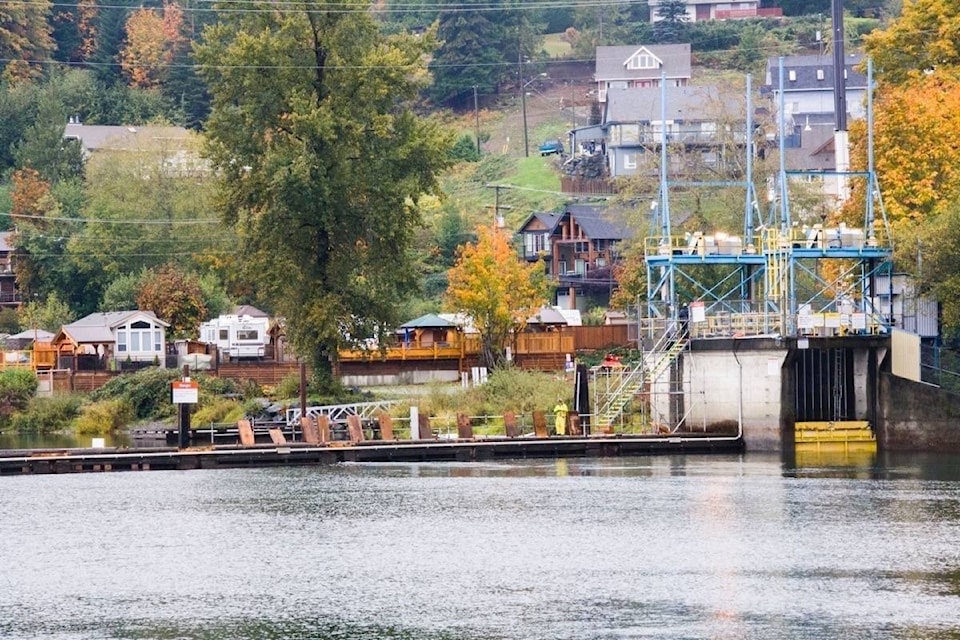Water officials in the region are nervously watching the dipping water levels in Cowichan Lake as the unseasonable dry spell continues.
Levels in the lake, one of the major water reservoirs for the Cowichan Valley, have been bouncing around over the last few weeks, with a recording of just 28 per cent capacity before jumping back up to 31 per cent as of March 27.
Lake levels were reported at 40 per cent capacity in early March, a low level not usually seen until August, sparking fears of yet another major drought in the Cowichan Valley this summer.
RELATED STORY: COWICHAN LAKE ALREADY AT AUGUST LOWS
Brian Houle, the environment manager at Catalyst Paper which is responsible for the weir at the lake, said the water levels have increased slightly recently due to the warming weather that is melting the snow packs in the mountains, sending the water into the streams, rivers and lakes in the Valley.
But he said that the snow packs are below normal this year, with reports stating they are at just at 25 per cent, so depending on melting snow to fill the lake and other water bodies in the Valley is not a “good long-range survival strategy.”
“Basically, we need rain to keep the rivers flowing and to fill the lake, and the weather forecast is calling for enough rain beginning in the second week of April to refill Cowichan Lake,” he said.
“There is no statistical record of a dry spring here, and the forecast is not predicting a dry spring. But if the rain doesn’t happen, then we could be in trouble.”
RELATED STORY: PEOPLE IN COWICHAN VALLEY ASKED TO REDUCE WATER USE AS DROUGHT LEVEL RISES
Ian Morrison, co-chairman of the Cowichan Watershed Board, said that it’s easy to be an alarmist at this time of year when it comes to local water supplies.
But he said the Valley has had similar years in the past in which dry winters are followed by wet springs.
“June is usually considered a pretty wet month in the Valley, so we’ll see what happens this year,” he said.
“But it’s very important that we do get the rain; it’s that simple. So much can change with this area’s weather, so all we can do is hope for the best and prepare for the worst.”
Last summer, record-breaking heat and low rainfall pushed Vancouver Island, including the Cowichan Valley, and other areas of B.C. into a Level 4 drought rating, the highest drought classification available.
RELATED STORY: COWICHAN VALLEY NOW UNDER LEVEL 4 DROUGHT CONDITIONS
According to the province, Level 4 means that water supply in the affected regions is insufficient to meet socio-economic and ecosystem needs.
Many areas of the Island and province also experienced hundreds of wildfires due to the drought, filling the air with smoke hundreds of kilometres from the fire source and impacting air quality in the Valley.
robert.barron@cowichanvalleycitizen.com
Like us on Facebook and follow us on Twitter
